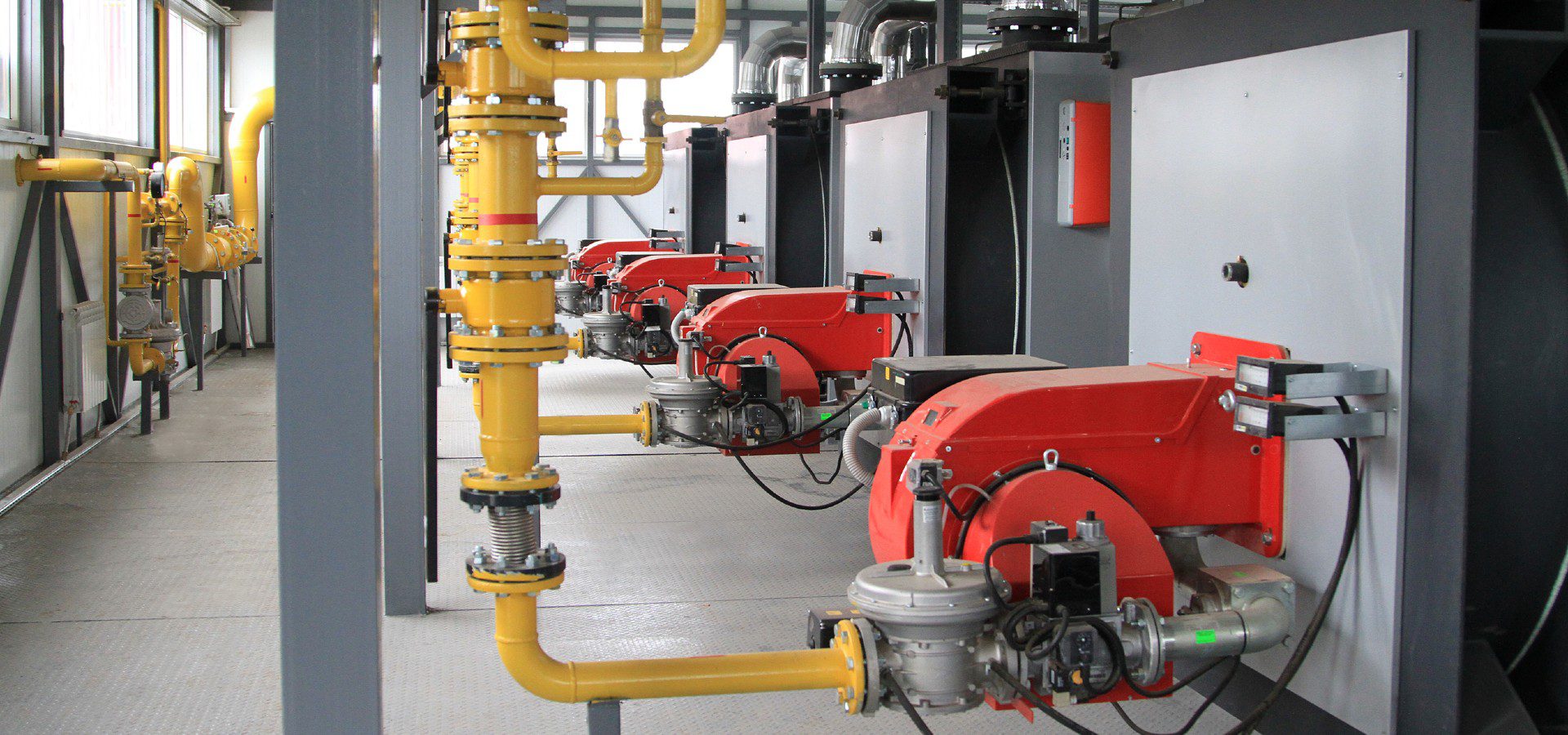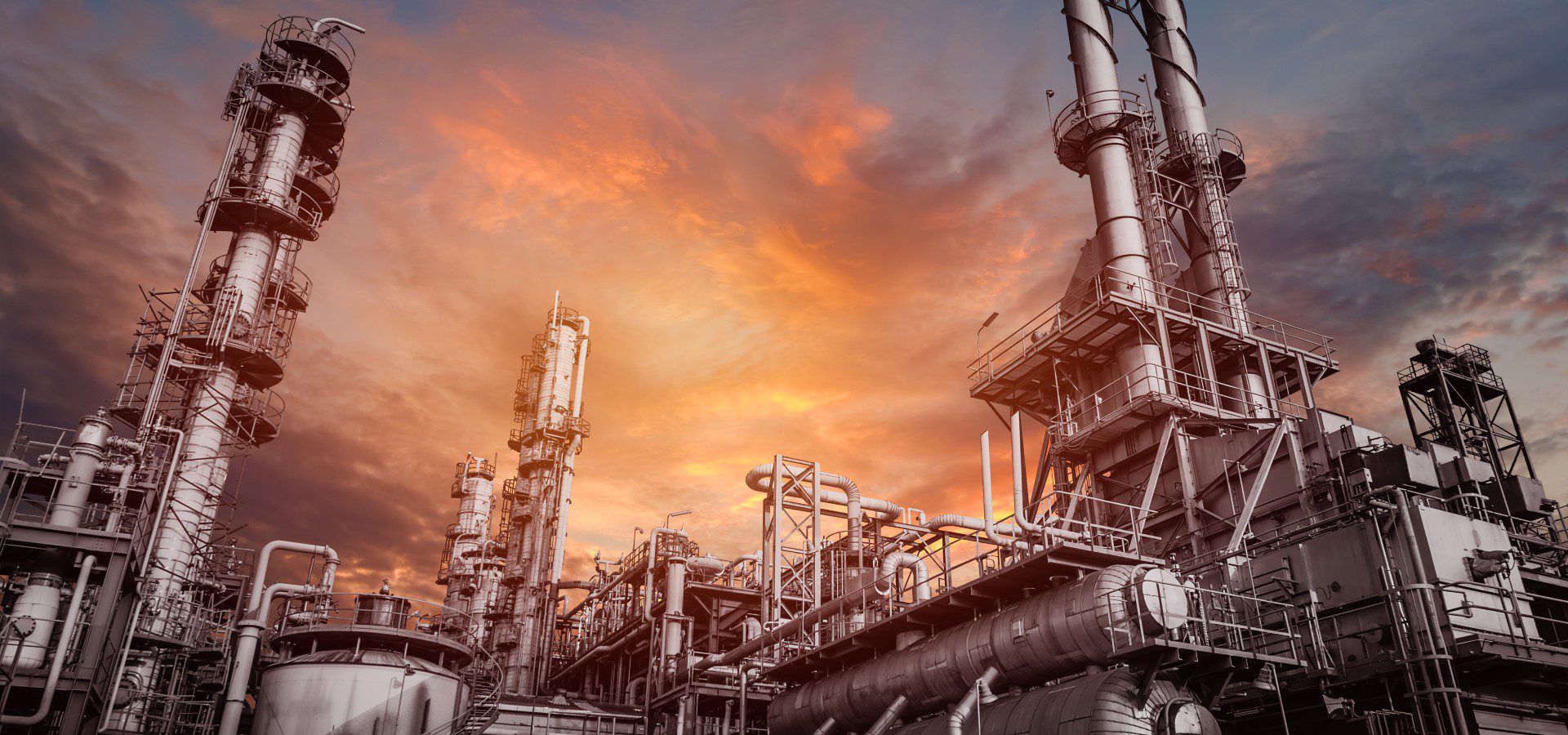In a manufacturing complex, there are many essential pieces of equipment that work in tandem. Since these processes can produce pollution or lead to dangerous working conditions, employing enclosed combustion equipment to regulate emissions is necessary. Selecting the suitable combustion unit will depend on numerous factors and your knowledge of combustion system maintenance and care.
If you’re unsure of what qualifications and functions to consider when choosing the right enclosed combustion equipment for your industrial process, read on to learn more about this technology. We’ll use this guide to help you discern how best to make use of it within your facility.
What Is Enclosed Combustion Technology?
Enclosed combustion technology is vital to the operational process because it improves safety levels and reduces energy consumption. By utilizing this technology, the enclosed combustors can destroy volatile organic compounds, vapors, and other pollutants within the safety of a temperature-controlled chamber.
Many industries utilize combustion system technology to produce the products we use every day. Some examples of these industries include:
- Mining
- HVAC
- Gas boosting
- Ceramics
- Building materials
- Oil and gas
- Textiles
- Chemicals and pharmaceuticals
- Hot water and steam
- And many more
Since there are different models, it’s critical to select the best control mechanism for your factory’s unique requirements. In doing so, you’ll also need to ensure that it operates within the standards set forth by the Environmental Protection Agency (EPA) to minimize air pollutant emissions.
Capturing Combustible Dust
Unfortunately, since these industries produce a variety of products, they can also generate dust pollutant particles. Due to this byproduct, combustion equipment commonly works in conjunction with a dust extraction system to help control the harmful particles produced by this technology. Combustible dust is typically created from the following materials:
- Textiles
- Metals
- Plastics
- Rubber
- Sugar
- Wood
- Grain
- Flour
- Pesticides
Depending on what you produce at your factory, you’ll need the right equipment designed to meet your facility’s needs while properly reducing harmful pollutants. Speak with your manufacturer to ensure that there isn’t a chance for dust collecting in potentially dangerous levels on roofs, in exhaust ducts, or other areas.
Types of Enclosed Combustible Equipment
Depending on your factory’s requirements, you’ll have to decide which combustible equipment is best suited for your specific needs. Take a look at the different types of combustion units below:
Enclosed Flares
An enclosed flare is the simplest type of enclosed combustion device. They solely hide the flame and do not increase combustion efficiency or reduce emissions. Also, these units provide cooling and combustion air through a natural draft.
Thermal Oxidizers
If you’re interested in higher destruction efficiency and lower emissions, then consider thermal oxidizers. They do not rely on directly igniting the process gas for oxidation, and there is a wide variety of designs, like DFTO, regenerative, and catalytic.
Direct-Fired Thermal Oxidizers
A Direct-Fired Thermal Oxidizer (DFTO) uses a burner to heat the chamber to the appropriate temperatures needed for destruction efficiency. As a result, these units also have high destruction efficiencies up to 99.99% with low emissions.
Regenerative Thermal Oxidizers
A regenerative thermal oxidizer is a bit different than the other models. It utilizes ceramic media to capture heat to oxidize the process as it enters it. Additionally, it requires little to no fuel, which still achieves a near 98% destruction efficiency.
Catalytic Thermal Oxidizers
This unit is another version of a thermal oxidizer that is primarily used when you require a higher fuel efficiency. It uses less fuel than a DFTO, and it can even be designed as a self-sustaining piece of equipment by adding a heat exchanger to preheat the process gas.
Now that you have a better understanding of what combustible equipment is available, let’s examine ways to determine which one is the best investment for your company.

Selecting the Ideal Enclosed Combustion Equipment
When it comes to choosing the right enclosed combustion equipment, the process can be rather complex. You’ll need to take several environmental, structural, and operational requirements into consideration.
Since these devices come in various sizes, shapes, models, and capacities, finding the best type of enclosed combustion chamber for your industry relies on several contributing factors.
Emission and Destruction Efficiency
When figuring out which model to choose, the first things to consider are emission and destruction efficiency.
Destruction efficiency is calculated by dividing the mass amounts of pollutants entering the system by the difference in contaminants entering the system and those exiting the system. If your factory needs to meet a specific regulation, you can use this percentage to help determine which combustion equipment to choose.
The primary purpose of enclosed combustion equipment is to destroy volatile organic compounds (VOCs), hazardous air pollutants (HAPs), and other known contaminants with varying efficiency rates between 98%-99.5%.
Now, not only do these machines need to destroy your factory’s emissions, but they also have to meet your state’s requirements for destruction rate.
Type of Process Gas
Every factory generates different types of process gas; therefore, your enclosed combustor needs to be fully equipped to destroy the particular gases produced. Some examples of gases produced are as follows:
- Nitrogen
- Oxygen
- Argon
- LNG
- Petroleum
- And more
Going further, your machinery must be able to effectively destroy any unsafe pollutants and transport them to a proper waste environment. For this reason, you’ll need to ensure you have industrial gas equipment on hand, such as:
- Storage tanks
- Vaporizers
- Distribution systems
- Pressure vessels
- Cryogenic trailers
- Application-specific containers
Initial Investment
Making a significant investment into your facility can also come with a steep upfront cost. So, while you may be working with a limited budget, it’s worth it to consider funding available through your manufacturer.
Simply put, high-quality enclosed combustors that come with a higher price tag typically tend to perform better long term.
Energy Consumption and Operating Costs
While making the initial purchase of an enclosed combustor may be high, many do come with a significantly lower operating cost since they draw energy from your factory’s internal processes. A great example of this is regenerative thermal oxidizers. These components use the heat produced by the factory’s exhaust stack to preheat pollutants before they get released into the combustion chamber.
Technical Ability and Maintenance
Finally, it’s vitally important that at least a couple of employees have the training, skill, and technical experience to maintain your new enclosed combustion equipment thoroughly. At this point, you must work with the right people to train your team members and answer any troubleshooting questions necessary.
Additionally, it’s also instrumental to learn more about combustion system safety tips, including:
- Regularly cleaning filters and exhaust systems
- Balancing pipework
- Continuing education
- Ensuring proper function
- Removing excess air
- Checking the pressure, velocity, and flow
- Looking for degradation signs
- Maintaining inspections
- Using cooling fans
By understanding and implementing these safety tips, your skilled employees can feel confident working and maintaining your enclosed combustion unit.
Upgrade Today By Contacting Lindberg Process Equipment
Every enclosed combustor needs to be built to fit your factory’s specific requirements. This means that energy-efficient machines will vary in capacity, performance, and cost from industry to industry.
At Lindberg Process Equipment, our knowledgeable team can connect you with the best manufacturers to design the right enclosed combustion equipment system for your industrial process.
Which enclosed combustion equipment is right for your industrial process? Contact Lindberg Process Equipment today to find out.





